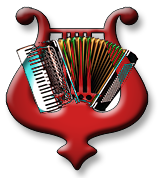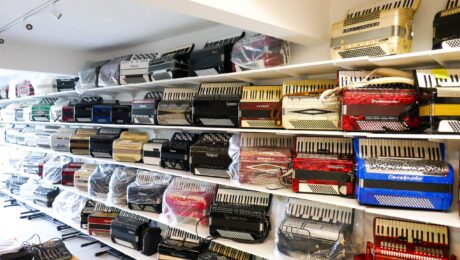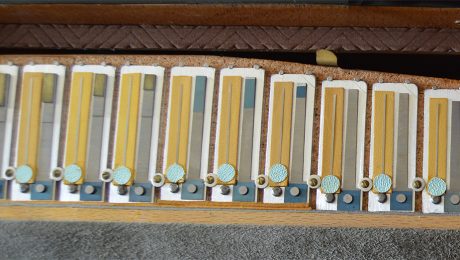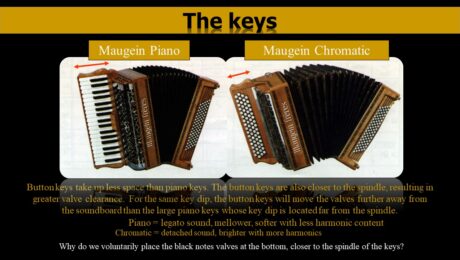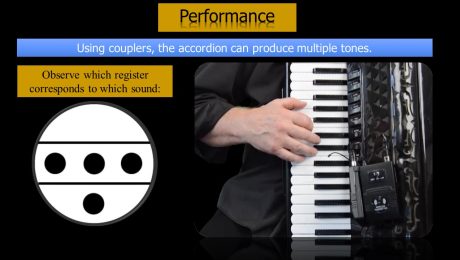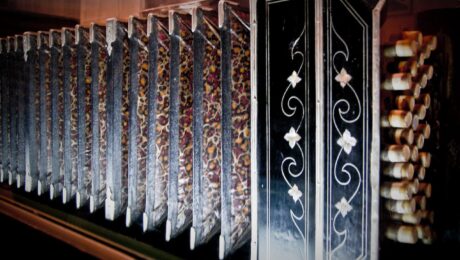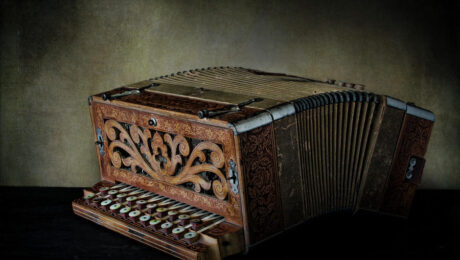Is there a French sound of the accordion?
- Published in accordion, accordion tuning, Bal musette, choosing your accordion, knowledge
The difference between the cabinets of chromatic accordions from the piano accordion’s cabinet.
We often hear about accordionists accustomed to playing on chromatic accordions who have a chromatic accordion made from a piano accordion body. What are the reasons that lead them to make this choice and what is the difference between the two options? This article tries to make the point. (more…)
- Published in accordion, Accordion Know How, choosing your accordion
Things to Consider When Purchasing Used Accordion
Thinking for a purchase of a used accordion? If so, then I think that it is better for you to know first some of the important things to consider when purchasing a used accordion.
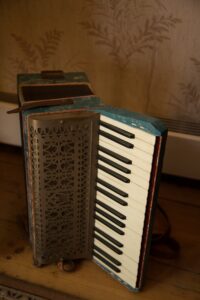 It is necessary to note in the first place that most of the used accordions need repair. Apparently, most of them are sold because most of them are not in good condition. One of the common characteristics of a used accordion is the keys and buttons are usually noisy. Also, you may find that some of the keys may be misaligned and a number of the accordion reeds may not be speaking properly. It is actually during this case that an overhaul is typically called for. This may sometimes involve a keyboard leveling, a full retuning, new leathers, and re-waxing of the reed plates. This then means that this is not cheap as it takes a great deal of time. In fact, a usual big repair job of a used accordion requires as much as 20 hours of work.
It is necessary to note in the first place that most of the used accordions need repair. Apparently, most of them are sold because most of them are not in good condition. One of the common characteristics of a used accordion is the keys and buttons are usually noisy. Also, you may find that some of the keys may be misaligned and a number of the accordion reeds may not be speaking properly. It is actually during this case that an overhaul is typically called for. This may sometimes involve a keyboard leveling, a full retuning, new leathers, and re-waxing of the reed plates. This then means that this is not cheap as it takes a great deal of time. In fact, a usual big repair job of a used accordion requires as much as 20 hours of work.
Also, don’t expect that you will be able to find a very old accordion of any kind, at any price that will give you consistently a trouble-free service for more than a year or so. This is very typical especially at auction, and this is only possible unless the used accordion has been overhauled. But, speaking of hauling, it is worth noting that if you need a reliable instrument for the long haul, then you should either be looking at new instruments or those accordions that are well-maintained no more than 15 years old. If not, then be prepared to invest whatever it takes in overhauling an old, used accordion. Perhaps the best option here is to be trailing into the repair shop every couple of months every time the parts of the used accordion develop a problem.
But, trudging into a repair shop is not only appropriate every time the used accordion develops a problem. Rather, it is best to note that even if a used accordion is not obviously in need of repairs, it should still go into the repair shop for maintenance examination at least every couple of years. Most of the professional accordionist, even those with hectic touring schedules often do this yearly. What usually takes place during the maintenance check up is that the technician will give the used accordion a thorough cleaning and lubrication as necessary, examine the action of the instrument, including the leathers and the wax. The tuning might also be touched up if necessary. It’s no doubt that this is a wise investment in the good sake of your used instrument.
- Published in accordion, choosing your accordion
Pointers for Accordion Repair
The accordion had gained immense popularity throughout the world. Many people enjoyed playing it in concerts and other performances, while some love to own it. Also, many people today consider for an accordion repair, while some are selling the instrument. Well, in terms of the accordion repair, note that there are some things to consider when dealing with this matter. This is for the fact that accordion is a sensitive musical instrument that needs proper care.
As you may know, the accordion is a musical instrument that belongs to the handheld bellows-driven free reed aerophone family and is sometimes known as squeezebox. It is played by way of compressing and expanding the bellows, which generate air flow across the reed. Just like some keyboard instruments, the accordion has keyboard controls which are capable for the production of tones.
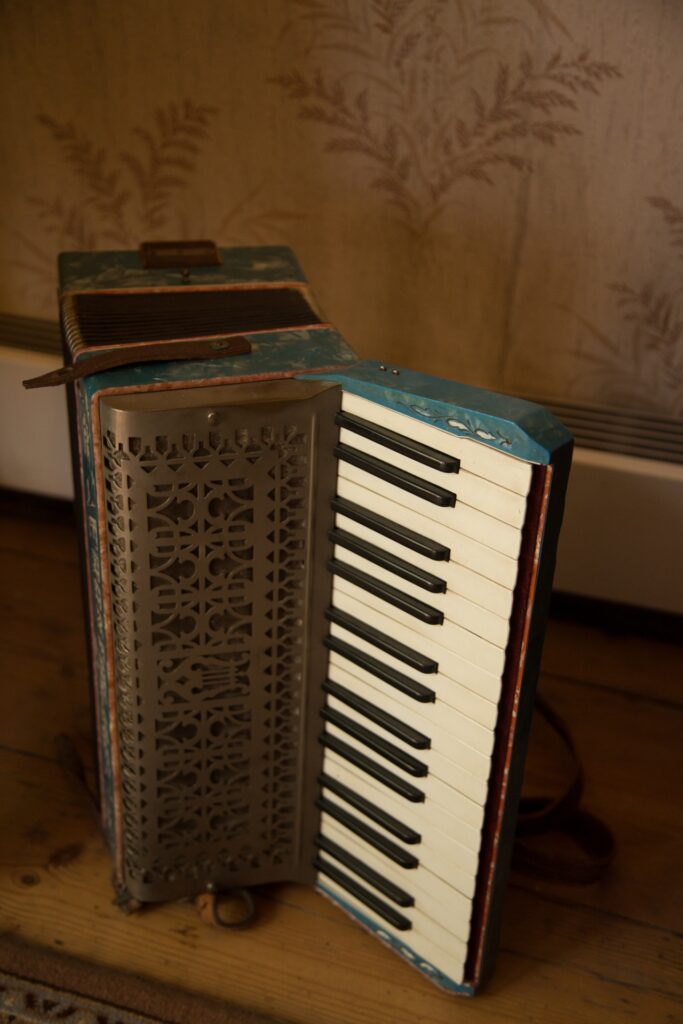
Can I try to repair my accordion myself? Yes if it is NOT to valuable.
Being a sensitive reed instrument, the accordion has a lot of extremely delicate parts inside that can easily damaged if you don’t know about them. So, when you are considering an accordion repair, my recommendation is never to take it apart unless you are very mechanically wise and careful. Moreover, if you are planning for taking your accordion apart for an accordion repair, then take it apart slowly. There’s nothing bad with taking time to note where each part came from. This could in fact help you put the parts together correctly when you’re done with your DIY accordion repair.
In accordion repair, never take apart the bass mechanism of the piano accordion, in particular, unless you’ve successfully done it before or been trained about the proper way of doing it. Note that each of the 120 buttons fits in exactly in one location only. So when considering an accordion repair, it’s best to have a special made fixture to handle every button in its respective location so that they don’t mixed up while the bass mechanism is apart.
Another thing to consider is never to attempt replacing a reed skin with anything other than the proper reed skin leather from an accordion supply shop. Note that it has a very distinct properties not found in most other types of leather. In relation to this, when you consider an accordion repair, avoid removing and replacing a reed skin as this will cause the note to play out of tune, thus requiring re-tuning.
Finally, be careful not to get dirt on the base of the reed block. Removing the reed block is something that you should not try unless you are experienced or have an old accordion that you don’t care if you impose further damage on it. Generally, tuning, waxing and other necessary things in accordion repair require year of practice, thus should be best left to the experts.
- Published in accordion, choosing your accordion, Repairs
